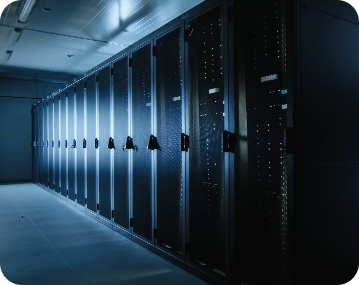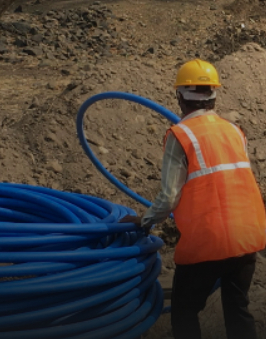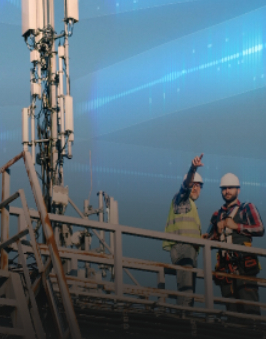Donner vie aux centres de données du futur, Now !
Data generating megatrends like Industry 4.0, IoT & 5G are fuelling the demand for more data centres and newer business models. Data centre business dynamics are changing, thanks to consolidation, cost control, and multi-cloud environment. With the rising concerns about climate change, there has been a tremendous quest to design Data Centres that are energy efficient. New imperatives including AI-enabled Data Centre solutions, virtualisation, integrated Data Centre security, and simply controlled ecosystem, will drive innovation and automation across the board.
It is not only the core data centre infrastructure that demands a new way of thinking, we have to re-imagine the entire data centre ecosystem, with a keen eye on the future. While demand-side factors will result in more and more data centres being deployed, data centre experts across the world are now focusing on solving some pressing concerns in the data centre space. All the big and small components of data centres are being thought anew. We see newer technologies and imperatives in cooling strategies, airflow management, rack densification, data centre management, and orchestration and even in niche areas like premise security, Data Centre operations management, and so on. Read More..
Moreover, Cloud-native technologies are empowering organisations to build and run scalable applications in modern, dynamic environments such as public, private, and hybrid clouds. Cloud has changed the Data Centre architecture. containers, service meshes, microservices, immutable Data Centre infrastructure, and declarative APIs exemplify this approach. These techniques enable loosely coupled systems that are resilient, manageable, and observable. Combined with robust automation, they allow engineers to make high-impact changes frequently and predictably with minimal toil. Cloud-native infrastructure is key to future use cases. This is our playing field. We are here to out-innovate the current constraints in the data centre space, while intelligently predicting the challenges of the future so that we can solve them now and continue building Data Centres that truly ThinkAhead! Read Less..

Vous appelez « centre de données » des ressources interconnectées utilisant un réseau de communication. Et un DCN, ou réseau de centre de données, relie les ressources d’un centre de données. Avec la demande croissante d’informatique en nuage, un réseau de communication de données doit être efficace. Il doit pouvoir gérer des dizaines de milliers de serveurs. Une architecture bien définie doit donc être mise en place pour assurer un fonctionnement harmonieux. Lire la suite…
Traditionnellement, l’architecture d’un DCN est à trois niveaux :
Aujourd’hui, les progrès technologiques et l’augmentation de la demande ont permis la mise en place d’architectures de réseaux de centres de données modernes qui comprennent les éléments suivants
Et comme la complexité s’est accrue, la demande et l’intérêt pour les services de centres de données de toutes sortes ont également augmenté. Lire moins…





A data centre or sometimes referred to as a server farm is a centralised physical location housing compute resources (high-end servers), storage (SSD, HDD, Flash, Optical), and networking equipment (routers, switches, firewalls, etc.) for collecting, storing, processing, distributing and allowing access to large amounts of data. Apart from the IT equipment data centre also houses environment controls (airflow, humidity & temperature sensors), server racks, power supplies (backup systems, generators), and cabling systems (ethernet, copper, optical fibre). Initially datacentres were introduced to manage large influx of service requests and store some amount of user generated data whereas now it has evolved to adopt technologies such as virtualisation, cloud computing, mobile, Internet of Things (IoT) applications, machine learning, artificial intelligence (AI) and big data analytics.
Built, owned, and managed by a company for particular use-cases for their target user set. They are usually built on-site but can also be built away from the company premise.
Consist of one data center owner selling space, power, and cooling to multiple enterprises and hyperscale customers in a specific location. The company focuses entirely on running the compute, storage, and networking equipment while the data centre service provider takes care of the space, power, cooling, security and IT racks.
Managed services data centres are deployed, managed and monitored by a third-party datacentre service provider for a company. The features and functionality can be accessed by the company using a managed service platform (MSP)
An off-site datacentre provider such as Amazon Web Services (AWS), Microsoft Azure, IBM Cloud that stores the data of various enterprises. The data is fragmented and stored at various locations across the internet (ie datacentres across the world) offering enhanced security, scalability, management, reliability, customisation, and cost-effectiveness.
Please wait while you are redirected to the right page...
